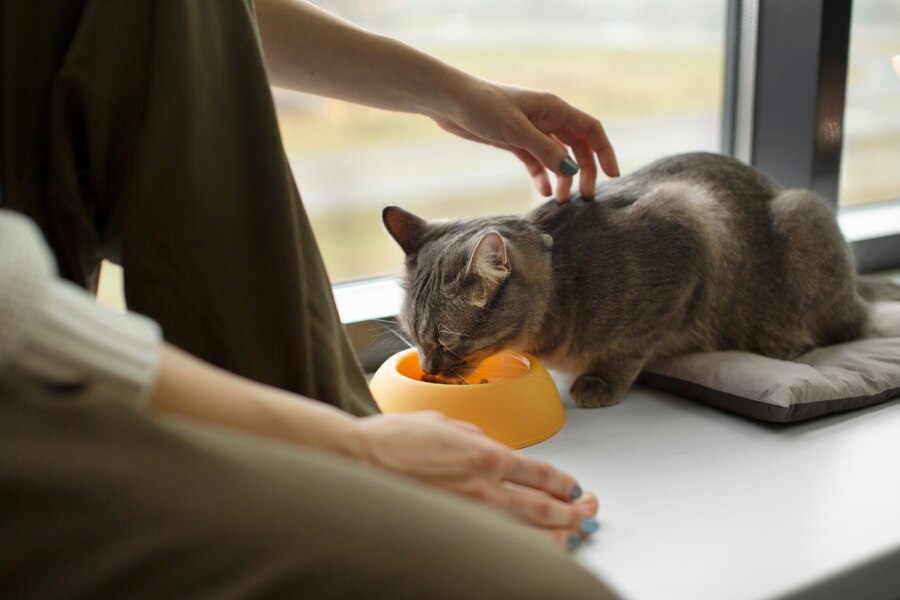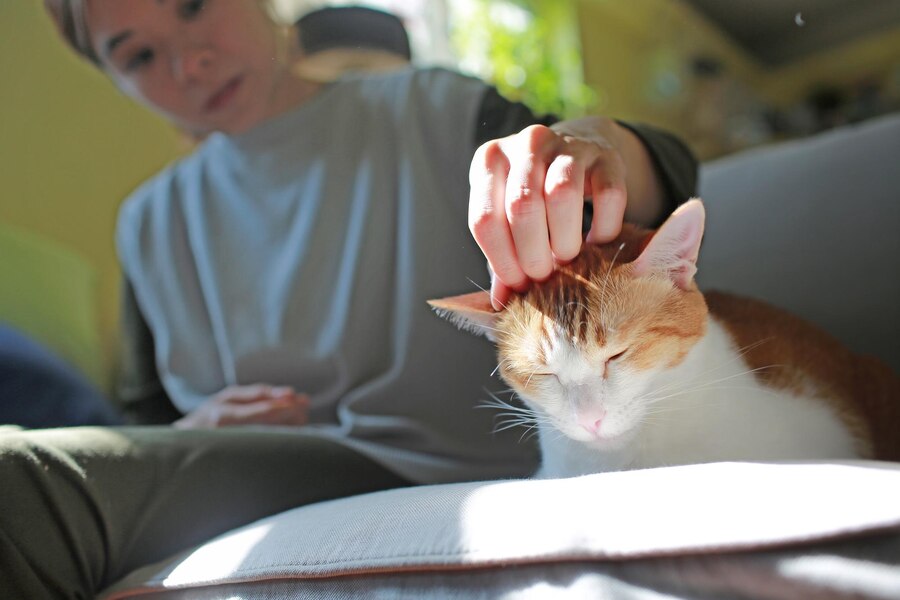Creating a cat-friendly environment in drug rehab centers is an innovative approach that acknowledges the therapeutic benefits of having pets during recovery. Incorporating feline companions into rehab settings can significantly enhance the emotional well-being of individuals undergoing treatment. This introduction explores how drug rehab centers can integrate cats into their facilities, fostering a supportive and healing environment for both people and their feline friends.
Reach Out with Us (888-325-2454)
Understanding the Needs of Cats in a Rehab Setting
Cats have unique needs that must be addressed to ensure their well-being in a rehab setting. Understanding these needs involves providing appropriate food, litter boxes, and safe spaces where they can retreat when feeling overwhelmed. Cats require mental stimulation, physical activity, and consistent care to thrive. In a rehab setting, it’s crucial to create an environment where these needs are met while also accommodating the needs of the people receiving treatment.
Benefits of Having a Cat in Rehab
Having a cat in a rehab setting offers numerous benefits, both psychological and emotional. Cats provide companionship and unconditional love, which can help reduce stress and anxiety among individuals in recovery. The presence of a cat can also foster a sense of responsibility and routine, which is beneficial for establishing healthy habits. Moreover, interacting with a cat can enhance mood and provide comfort, contributing to a more positive and supportive rehab experience.
Creating a Safe Environment for Cats in Rehab
Ensuring a safe environment for cats in a rehab facility involves several considerations. The space should be free from hazards such as toxic plants, small objects that could be swallowed, and areas where cats could get stuck or injured. Safe spaces for hiding and climbing, such as cat trees and cozy beds, should be provided. Additionally, all staff and residents should be educated about proper cat care and safety protocols to create a harmonious living environment for both cats and people.
Essential Features of a Cat-Friendly Rehab Facility
A cat-friendly rehab facility should include features that cater to both human and feline needs. Essential elements include dedicated areas for cats with litter boxes, scratching posts, and feeding stations. Additionally, the facility should have secure and clean spaces where cats can relax and interact with residents. Adequate ventilation and cleaning protocols are also important to maintain a healthy environment for both cats and people.
Integrating Cat Care into the Rehab Routine
Integrating cat care into the rehab routine requires a structured approach to ensure that both residents and cats receive appropriate attention. This includes scheduling regular feeding times, litter box maintenance, and grooming sessions. Involving residents in the care of the cats can provide a sense of purpose and responsibility, while also fostering positive interactions. A well-organized care routine helps maintain the health and well-being of the cats and supports the overall goals of the rehab program.
Designing Spaces That Accommodate Both People and Cats
Designing spaces that accommodate both people and cats involves creating functional and comfortable areas for both. Shared spaces should be designed to minimize stress for cats while allowing residents to interact with them. This can include creating separate zones for eating, sleeping, and play, as well as ensuring that there are quiet areas where cats can retreat if they become overwhelmed. Thoughtful design helps create a balanced environment that supports the needs of both residents and their feline companions.

Health and Safety Considerations for Cats in Rehab
Health and safety considerations for cats in a rehab setting are crucial to ensure the well-being of both cats and people. Regular veterinary check-ups and vaccinations are essential to prevent the spread of diseases. Proper hygiene practices, such as regular cleaning of litter boxes and living areas, help maintain a healthy environment. Additionally, any signs of illness in cats should be promptly addressed to prevent potential health issues for both the cats and the residents.
How to Manage Allergies and Sensitivities
Managing allergies and sensitivities related to cats in a rehab facility involves implementing strategies to minimize exposure and reactions. This includes using hypoallergenic cat breeds, maintaining high standards of cleanliness, and providing air purifiers to reduce allergens. Educating residents and staff about allergy management and ensuring that medical support is available for those with sensitivities helps create a comfortable environment for everyone involved.
Providing Enrichment and Comfort for Cats
Providing enrichment and comfort for cats in a rehab setting is important for their well-being. Enrichment activities can include interactive toys, scratching posts, and climbing structures to keep cats mentally and physically stimulated. Comfortable resting areas, such as cozy beds and soft blankets, contribute to their overall comfort. Ensuring that cats have opportunities for play and relaxation helps maintain their happiness and health in the rehab environment.
Financial Considerations for Creating a Cat-Friendly Space
Creating a cat-friendly space in a rehab facility involves financial considerations, including the costs of supplies, veterinary care, and facility modifications. Budgeting for initial setup costs, such as cat furniture and safety equipment, as well as ongoing expenses like food and medical care, is essential. Financial planning helps ensure that the facility can maintain a high standard of care for both cats and residents, supporting a successful and sustainable integration of feline companions into the rehab environment.
Enhancing Recovery with a Cat-Friendly Approach
Integrating cats into drug rehab centers can provide significant emotional and psychological benefits for individuals in recovery. By creating a safe, comfortable, and well-designed environment for both people and cats, rehab facilities can enhance the overall treatment experience and support the well-being of their residents. For more information on how to create a cat-friendly rehab space or to discuss implementation strategies, please contact us. We are committed to helping you enhance your facility with a compassionate and effective approach to recovery.




